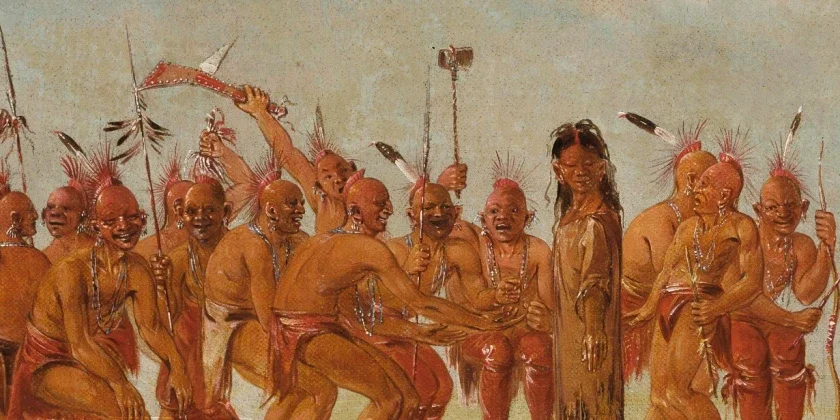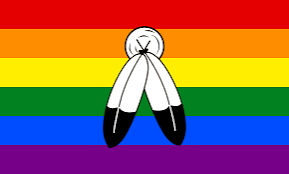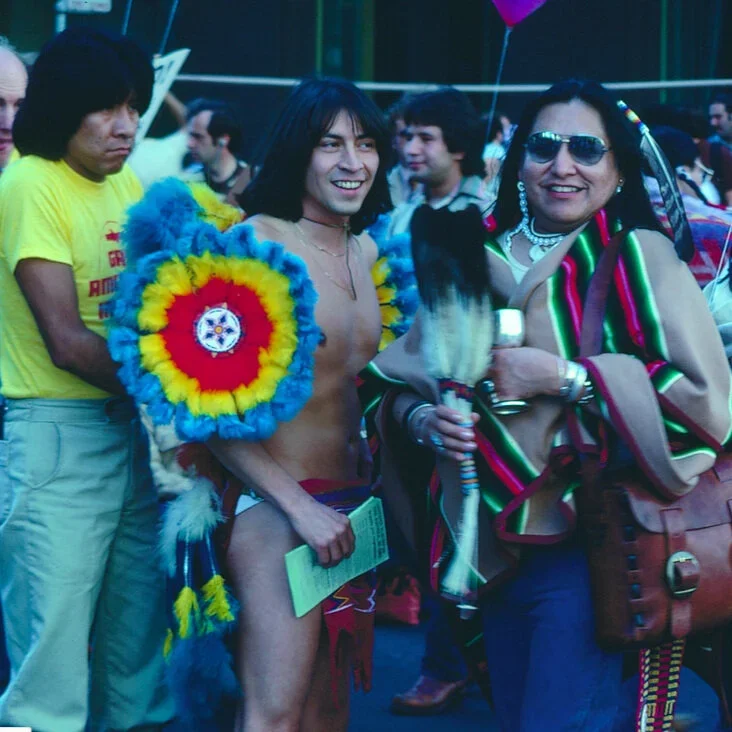🏳️🌈🏺🦃 Pre-Contact Iroquois 2-Spirit
🏳️🌈🏺2-Gay in History🏺🏳️🌈
Queer Lives before the Puritans
“Among them there are men who assume the dress and occupation of women… They are neither men nor women.”
— Johannes Megapolensis, 1644
Long before the Mayflower landed with a bunch of repressed Puritans, Northeastern Algonquian nations—including the Narragansett and Wampanoag(of Thanksgiving fame)—recognized social roles and identities outside a rigid binary, and accepted relationships we would now describe as gay. Early European observers recorded these roles with disdain but left crucial evidence.
Roger Williams, who lived among the Narragansett a decade after Plymouth, reported that ‘men’ wore women’s clothing and carried women’s ceremonial duties like healing, dreamwork, and ritual mediation. These accounts align with broader Algonquian patterns documented by modern scholars.
Queer relationships also appeared to be common. Megapolensis and the Jesuit note men and gender-variant people “taking men as spouses,” living together, and being treated like any other couple.
Colonization brought targeted repression of queerness. Missionary schools punished Native children for gender nonconformity and imposed English gender and sexual norms while destroying social and archeological evidence of it. By the late 17th century, these policies—combined with disease, displacement, and forced conversions—largely eradicated evidence of these inclusive traditions.
Yet through whispered oral histories, community memory, and 20th-century Native activism, Indigenous LGBTQ people have reclaimed these many identities and traditions under the modern umbrella term Two-Spirit. Across Algonquin, Wabanaki, Iroquois, Navajo, Lakota, and many other nations, Two-Spirit leaders today carry forward a living tradition that predates colonization and survives despite centuries of attempted erasure.
More about repressed Puritans soon, and happy Friendsgiving
Photos are of the Gay Freedom Day and Dance to the Berdashe an Algonquin celebration with a two-spirit person dancing with the men in the 1830s(the white artist called it ‘disgusting’)


